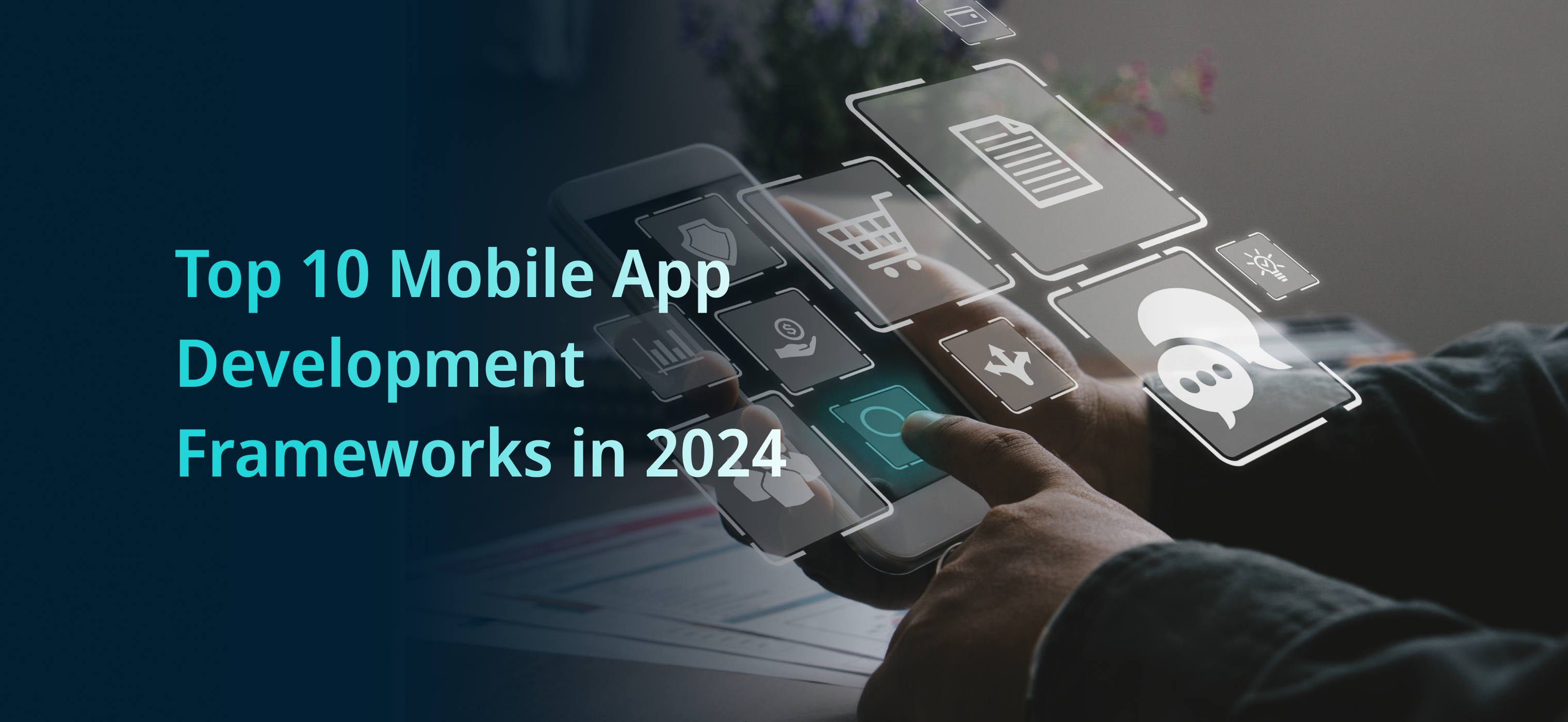Machine Learning and Deep Learning applications have taken the banking sector by storm. The ability of these technologies to analyze data, learn from it, and make predictions is invaluable for banks seeking to provide personalized and efficient services to their customers. Machine Learning is already being used for fraud detection and risk assessment, while Deep Learning is used to analyze large amounts of data to provide insights into customer behavior and improve operational efficiency. In this blog post, we will explore how Machine Learning and Deep Learning are being used in banking and what the future holds for these technologies in the industry.
What is Machine Learning & Deep Learning?
Machine Learning in Banking refers to the application of algorithms and statistical models that enable computers to learn and improve without being explicitly programmed. In simple terms, it is a way for computers to learn and adapt on their own by analyzing data and identifying patterns.
On the other hand, Deep Learning in Banking is a subset of Machine Learning that uses complex algorithms called neural networks. These algorithms mimic the human brain by analyzing vast amounts of data, making sense of it, and then taking actions based on that analysis.
Both Machine Learning and Deep Learning have tremendous potential to transform the banking industry by automating routine tasks, improving risk management, and enhancing customer experiences. As such, they are fast becoming indispensable tools for banks looking to stay ahead of the curve in a highly competitive industry.
Benefits of Machine Learning & Deep Learning in Banking
Machine Learning has numerous applications in banking, making it a valuable tool.
- The main benefit of Machine Learning in Banking is its ability to analyze vast amounts of data in real-time, which allows for accurate predictions, trend analyses, and risk assessments. Using algorithms, Machine Learning can identify patterns in data that human analysts may miss, leading to more accurate predictions of future trends.
- In banking, machine learning also enables a more personalized customer experience. By analyzing customer data, the technology can recommend products or services that may be of interest to them, offer personalized advice, and even detect fraud.
- As well as automating tasks such as credit decision making, underwriting, and compliance checks, Machine Learning algorithms can also streamline banking processes, reducing costs and improving efficiency. In addition to saving time, inconsistencies and errors can be reduced as well.
- In addition to Machine Learning, Deep Learning can also be helpful in the Banking industry. Deep Learning algorithms can identify more complex patterns in data, which can be useful for detecting fraud and assessing risk.
Machine Learning and Deep Learning can be used in banking to enhance customer experiences, improve processes, and improve forecasting accuracy.
Use Cases of Machine Learning & Deep Learning in Banking
1. Fraud Detection and Prevention
Machine learning algorithms can be trained to detect and prevent fraud in banking. These algorithms can analyze transaction patterns, identify suspicious activity, and alert authorities or stop transactions in real-time.
2. Credit Risk Analysis
Machine learning models can be used to analyze credit risk by using historical data on borrowers. Banks can then make more informed decisions on lending and reduce the risk of loan defaults.
3. Customer Segmentation and Personalization
Machine learning algorithms can segment customers based on their behavior, preferences, and financial history. This can help banks to personalize their marketing and offer customized products and services to their customers.
4. Investment Predictions
Machine learning algorithms can predict the performance of investment products and make recommendations to customers. This can help banks to offer better investment opportunities and increase customer satisfaction.
5. Chatbots and Virtual Assistants
Chatbots and virtual assistants powered by machine learning can provide personalized customer service and reduce the burden on bank employees. These virtual assistants can answer customer queries, offer product recommendations, and help customers with account management.
Overall, machine learning and deep learning are transforming the banking industry by providing data-driven insights, improving customer experience, and reducing operational costs. As these technologies continue to advance, we can expect even more use cases and benefits in the future.
Visit Internet Soft for the latest tech trends and insights around AI, ML, Blockchain, along with NeoBanking and timely updates from industry professionals!
Need assistance or have questions? Reach out us at Sales@internetsoft.com.






